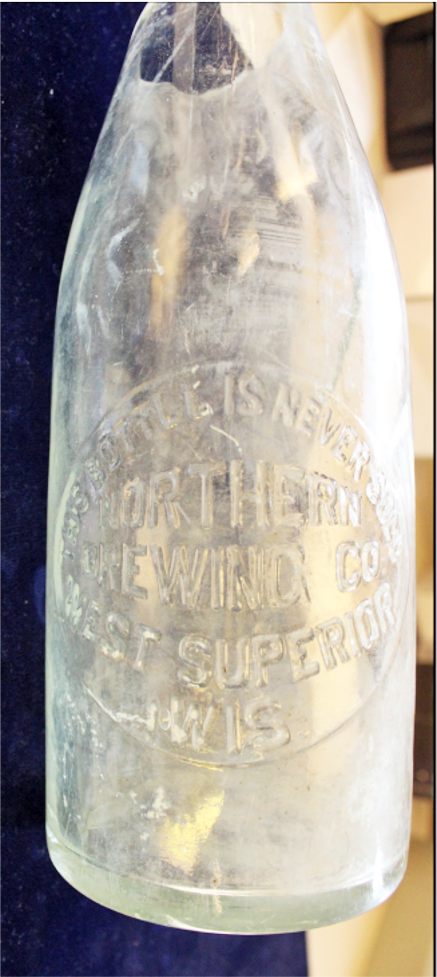clay county histories
Markus Krueger | Program Director HCSCC

It was the talk of the local history world last summer. A group of Minnesota State University Moorhead archeology students led by Dr. Amanda Butler was excavating Winnipeg Junction.
Winnipeg Junction was a town at a fork in the railroad two miles east of Hawley. In 1886, the Northern Pacific Railway built a spur line going north up to Winnipeg off their main east-west line. People started moving to that junction of tracks, so the railroad called Winnipeg Junction a town, platted three city blocks, and began selling lots.
At its peak, there were about 260 Winnipeg Junctioners, but the town was short lived. It was at the bottom of steep hills that the locomotives struggled to climb and next to a soggy section of the Buffalo River that caused tracks to sink. In 1908, the railroad rerouted the tracks a mile north in order to run along the peaks of those hills and bypass that soggy section, leaving Winnipeg Junction high and dry without a road (or in this case, low and wet). Almost everybody picked up their houses and moved to Hawley or Lake Park or a new community they established called Dale.
Lucky for us, they left their garbage piles and latrines behind. You can sure learn a lot by sifting through someone’s garbage or digging up what they threw down the outhouse hole. The Dragons hit paydirt this summer! They found the garbage pile shared by Ole Gol’s saloon and his brother-in-law Teddy Johnson’s restaurant.
After digging through old garbage last summer, the students will spend this academic year digging into books to analyze what they found and share it with the public through a website. This website is still under construction, but you can see the excellent informative posters the students made for the 2022 Midwest Archeology Conference here: www.winnipegjunction.weebly.com/current-research
As one might expect from a garbage pile behind a saloon and restaurant, there were a lot of booze bottles and broken dishes. A couple of bottles had labels still partially preserved after 110 years, allowing students to discern what they once contained. They pieced together shards of a broken bottle to reveal the label for Booth & Co. Superior Old Tom Gin made in London. Grapes on another label indicate brandy. I was particularly interested in a bottle of beer from Northern Brewing Company of Superior Wisconsin. This brewery had its beginnings in Fargo as the Red River Valley Brewing and Malting Co. The massive brewery was going great through 1880s until North Dakota outlawed alcohol in 1890. The owners moved their business to Wisconsin but, as we can see from the bottle at Winnipeg Junction, they kept ties to their birth community. The Dragons also found evidence of kids playing with marbles and dolls.
The posters on the website go into detail about many aspects of archeology, from how they used modern GIS satellite imagery to map the historic buildings, to an in-depth analysis of a big weird cylinder that turned out to be a turn-of-the-century battery. Check them out!

